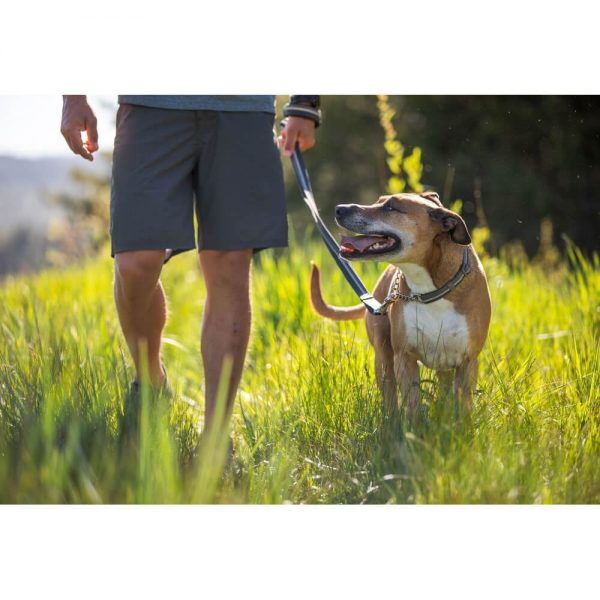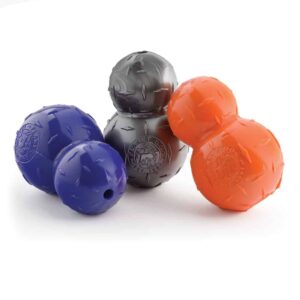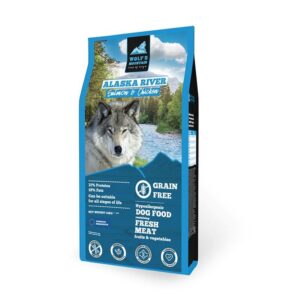
We all want our pets to be in the best health possible. They’re our companions, we love them and we want the best for them! But this doesn’t happen of its own accord. It will require an active effort on your part! You’ll have to make a conscious decision to identify your pet’s needs and requirements and to meet them. Here are a few different areas that you should focus on to get started out in the right direction!

How to Keep Your Pet Healthy
- Ensure They Maintain a Healthy Weight
Each and every dog will have a different recommended weight depending on their breed, sex, size and other factors. Your vet will be able to tell you how much your dog, in particular, should ideally weigh. Try to ensure that they stay within this recommended bracket by feeding them a healthy, balanced diet. High quality dog foods should contain absolutely everything they need in their diet and complementary treats can make up to ten percent of their daily calorie intake too! It’s important to be aware that being underweight, overweight or obese can have negative health consequences for your pet.
2. Provide High Quality Pet Food
Not all pet foods are created equal. Some will fill your pet up, but will actually contain minimal nutritional content. You need to ensure that any foods you’re feeding your pet are high quality and contain everything that they need to thrive. This should include a combination of meat, carbohydrates and vegetables. Both wet and dry foods, or a combination of the two, should be fine as long as they are from a reputable brand. It’s always worth checking ingredients lists to know exactly what you’re feeding your pooch.
3. Ensure the Food You Choose Meets Your Pet’s Individual Needs
Some pets have unique requirements when it comes to the food that you provide them with. Some will require a grain free diet. Some will require a hypoallergenic diet. Your vet will be able to recommend if this is necessary.
4. Provide Fresh and Clean Water
Your dog should always have at least one bowl of clean and fresh water down in your house. This water needs to be accessible at all times to keep them hydrated.
5. Exercise and Play With Your Dog Regularly
Every dog needs exercise. The amount will depend on their breed, age and other factors. Do a little research or ask your vet if you’re in doubt as to how much exercise your pet should be getting on a daily basis to stay fit and in good health.
6. Visit the Vet at Least Once a Year
Every dog should have an annual checkup with their vet. This will allow your vet to identify any potential health conditions and tackle them sooner rather than later. If your dog gets the all clear, you can have peace of mind until your next appointment!

How to Tell If Your Pet Is Healthy
Of course, the simplest and straightforward way to check your pet’s health, as we’ve briefly mentioned above, is to visit a vet and have a routine checkup carried out. But there are also other indicators you can keep an eye on to ensure that your pet is well on a more day to day basis. Here are some to focus on!
- Fresh Breath
Few people realise that they should brush their dog’s teeth or provide treats that help to clean their teeth and gums. This can prevent tartar build up and decay. Failing to clean your dog’s teeth can result in poor dental hygiene and may eventually lead to the need to remove some teeth.
2. A Shiny, Clean Coat
A shiny, clean coat is indicative of good health in your dog. If their coat is looking dull, they may be missing something from their diet! Remember that various breeds will also require regular grooming in order for their coat to stay in good health and to prevent any coat-related problems. These tend to include non-malting or “hypoallergenic” dogs like Poodles, Bichon Frises, Lhasa Apsos and more.
3. A Consistent, Lean Weight
You should weigh your pet on a relatively regular basis. This will help you to monitor their weight and to ensure that they’re always maintaining a healthy weight, as outlined above.
4. Regular Bladder and Bowel Movements
Of course, you’re probably not going to keep a diary detailing the exact frequency with which your dog urinates or defecates. But generally speaking, you can keep an eye on this during their walks or have an indicator of it from how much waste you have to clean up from your garden. Dogs will generally defecate on a daily basis, so if you notice that this isn’t happening, your pet may be constipated and may need to take them to the vet for a checkup. At the other end of the spectrum, diarrhoea isn’t a positive symptom either and you may need to ensure your dog hasn’t eaten something they shouldn’t have with your vet too.
5. Alert and Engaged
All dogs have different temperaments. Some are more active and excitable than others. Some are more laid back and chilled out. But your dog should always be relatively alert or engaged. If they seem consistently listless, aren’t interested in things they usually get excited about (such as walks or treats) or generally seem down, it may, again, be time for a visit to the vets.
How Often Should Your Dog Eat?
The frequency with which your dog eats will vary drastically depending on your dog’s age, breed, size and various other factors. But generally speaking, most experts recommend that you feed puppies between three and four times a day, while adult dogs should be fed once in the morning and once in the evening.
Of course, there are many more things you can do to prioritise your pet’s health and wellbeing. But these are some of the basics that you really must incorporate into your routine. They’ll make all the difference!
-
 Bon Appetit Mini Adult Dog Chicken & Rice Dry Food: hypoallergenic, gluten-freeFrom: £3.50
Bon Appetit Mini Adult Dog Chicken & Rice Dry Food: hypoallergenic, gluten-freeFrom: £3.50 -
 Julius-K9 Show Training Dog BallFrom: £18.50
Julius-K9 Show Training Dog BallFrom: £18.50 -
 Natura Wild Yukon Lake Grain Free Dog Food – Salmon, Tuna & TurkeyFrom: £12.90
Natura Wild Yukon Lake Grain Free Dog Food – Salmon, Tuna & TurkeyFrom: £12.90 -
 Perrito Fish Fillet Dog SnacksFrom: £4.50
Perrito Fish Fillet Dog SnacksFrom: £4.50 -
 Planet Dog Orbee Tuff Diamond Plate£13.90
Planet Dog Orbee Tuff Diamond Plate£13.90 -
 Wolf’s Mountain Alaska River: Salmon & Chicken Premium, Grain-Free Dry Dog FoodFrom: £14.90
Wolf’s Mountain Alaska River: Salmon & Chicken Premium, Grain-Free Dry Dog FoodFrom: £14.90






